Embark on a journey through Barcelona's captivating art and architecture. Explore the visionary works of Gaudí, Picasso, and more, set against the city's stunning landscapes.
GVI
Posted: July 5, 2024

Posted: June 7, 2019
Here there are some reflections of the under 18 Australian students, who joined GVI Luang Prabang just last May. The group kept a daily journal during its trip to Laos, writing about activities, environment, and personal feelings. Some incredibly well written experiences, followed by personal thoughts are reported here.
“ The day began in an exciting manner as we boarded vans that would take us past the suburban boundaries and into the high mountains of Luang Prabang. We enjoyed the scenic route past markets, homes and up a particularly bumpy road towards a village encased within the high reaches of the mountain. As we stepped out onto the village road, we were greeted with a harsh reality, it was hot. Very hot. We geared up with our caps, water bottles and excited attitudes. We were guided around a Khamu and Hmong village. The village consisted of a school, farming structure and the presence of the breathtaking forest around us. The language taught in schools was Lao, so that regardless of people being of Hmong or Khamu culture, they would be able to communicate around town. It was deeply insightful as we learned about the daily lives and living conditions of the people including the manner in which they crafted tools, cooking utensils and even their homes. We observed that the roofing of many houses were compiled of sheets of thatch, tiles and tin. Furthermore, the walls varied from cinder blocks to wooden weaving. It was an interesting mix of traditional and modern construction styles. We even learned how sticky rice was made (a treat we all came to love during meals). We learned that the town had access to electricity and roads, however, they disposed of rubbish in the manner of burning it in the jungle. In Laos, the people are straightforward about their observations. An example of this is when a local at the village signalled that one of our students looked a little fat. We learnt many traditions and spiritual beliefs and gained a deep understanding into their lives. As well as this, we learned about the meals that the locals ate.”
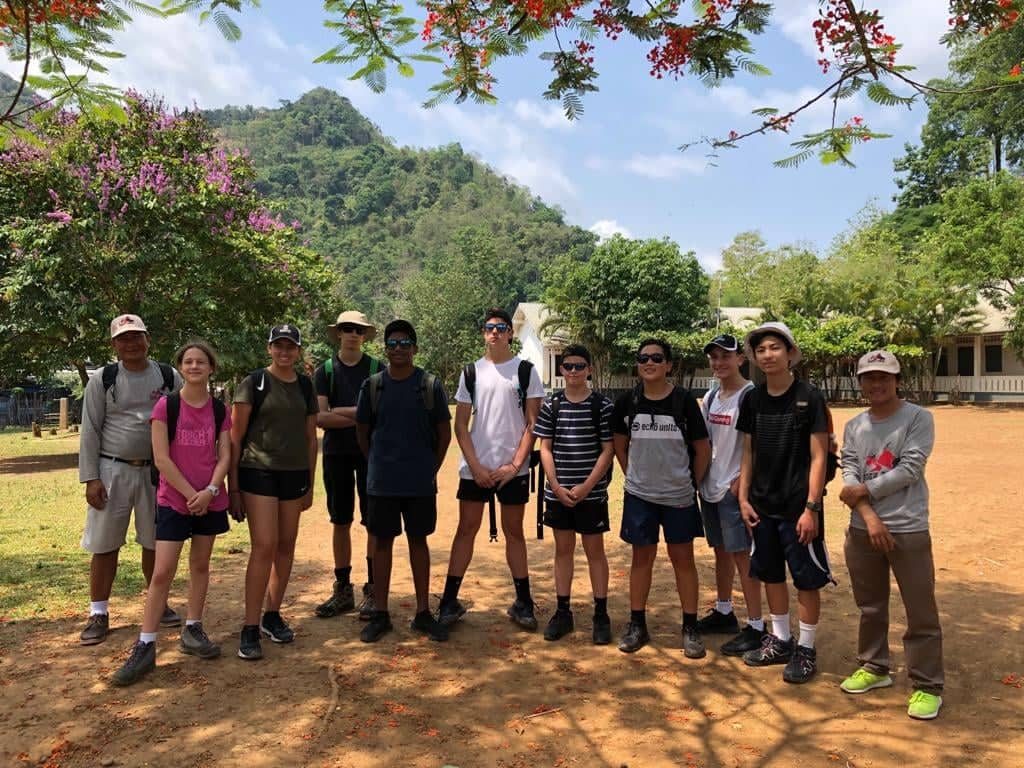
“ As we begin to write this reflection we are greeted by a tropical downpour, a cool change from the unforgiving Laos heat. There is thunder and lightning and it is very dramatic. After visiting Mount Phusi, our next activity was to attend a lecture run by Katie at the GVI English Centre. We learnt about their work not only in Laos but also around the globe. GVI hopes to create “sustainable progress through education, empowerment, and local partnerships” in essence their goal is to help people to help themselves. Katie also emphasised the need to educate locals about women’s empowerment in Lao culture. This is taught to young students, as problems in the Lao community include entrenched gender roles and ethnic discrimination. This important message sadly does not reach rural communities, as poverty and low economic status don’t enable children to receive an education. After a delicious and well-deserved lunch, we arrived at the UXO (Unexploded Objects) Museum, where we learnt about explosives and the impact it has had and is continuing to have on Laos. A single person is killed or maimed everyday by undetonated bombs that are still active and highly dangerous. More bombs were dropped on Laos than in World War II, and Laos has had the most amount of bombs dropped on it compared to any other country in the world. After watching an informative documentary, we explored the museum to find all sorts of bombs and weapons used in the Secret War. To end the day we worked with the young adults English class and talked about what education means to us. We exchanged ideas about what we thought was important to run a good school. Even though our ideas were different from the Laos students we came to a conclusion about what was the most important, this being a love of learning.”
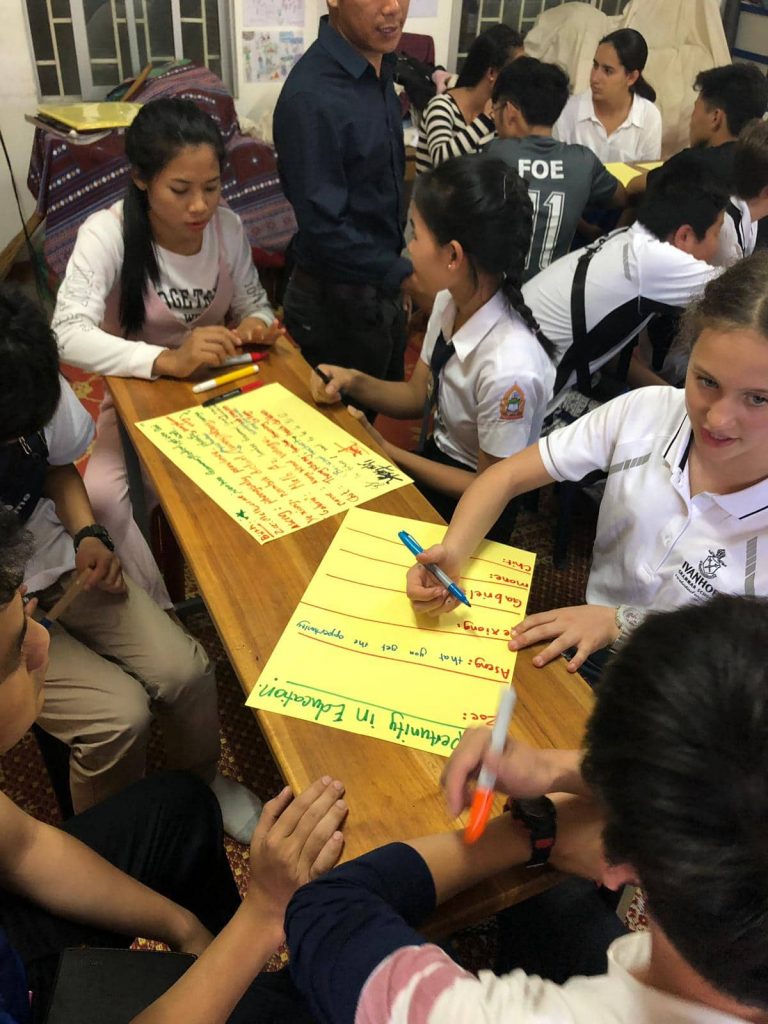
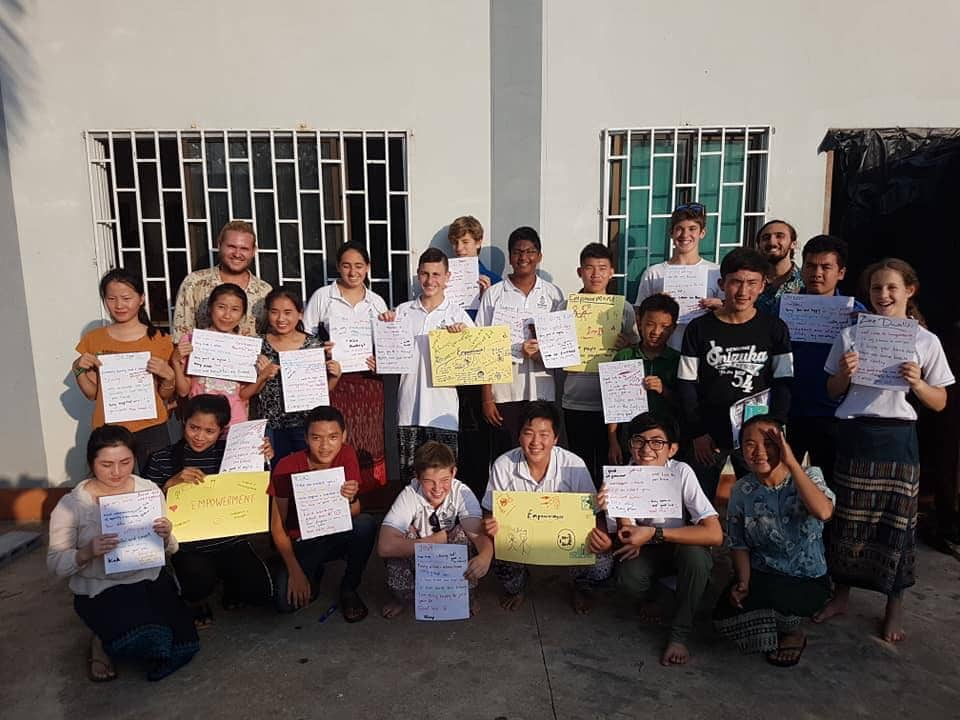
“Our day began with a bumpy but SAFE journey to the ‘seven brothers’ rice farm. We were lucky to take the scenic route as we passed through many untouched rural villages and dense jungles. At the farm, a smiling Lut Lee (one of the seven brothers and our tour guide for the day) greeted us. As we took in the picturesque landscape, Lut explained the history and daily life of the farm. He also talked about the sustainability of the farm and its role in the local community. We began the tour by ploughing a rice paddy via the traditional technique of water buffalo. It was all good fun until people grew too comfortable and realised their feet were stuck in the mud. It was a laborious task and opened our minds to just how one-step of a six step process could be so exhausting. Then followed the steps of planting, harvesting, threshing, fanning and husking the rice. It was surprising to see how the farm only used traditional techniques through the entire process rather than using machinery. We finished off the activity with a delicious bowl of homemade rice noodles, which kept us quiet and coming back for more. […] After we jumped into the bus, once the driver sheepishly returned, we set off to what was to turn into a highlight of the entire trip. We headed to Big Brother Mouse. Big Brother Mouse is a small centre where people can come for free and practice their English with tourists and foreigners. We came here to provide a service, but we felt as if the people of Lao were doing us a service, as we participated in this activity. It can easily be said that we all enjoyed talking with people who were keen to learn about t the boundaries beyond Laos. We ended the day with a relaxing sunset cruise along the Mekong watching the sun sink behind the distant mountains as the river traffic quietly passed by.”
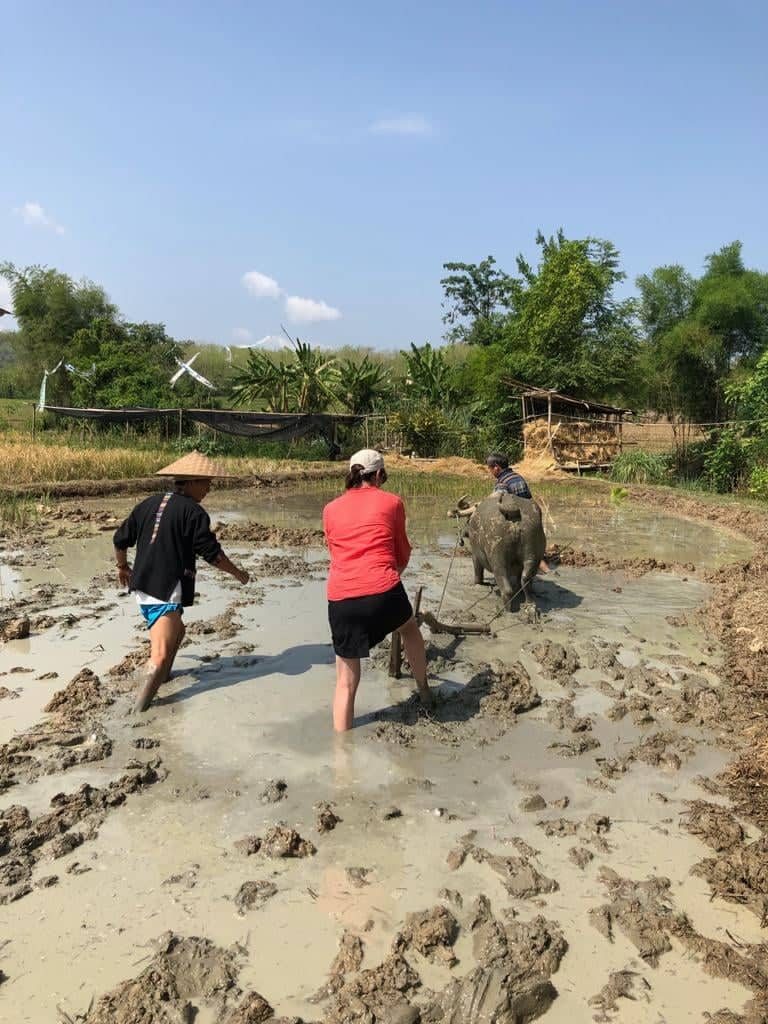
Some highlights from the students:
“My personal highlight for the day was the opportunity to speak with local English students at Big Brother Mouse. It was amazing to see the keen attitudes of everyone and enthusiasm they have to practise their skills with us. I really enjoyed helping them with words they did not understand and engaging in regular conversations as friends do. Moreover, I really enjoyed the sunset cruise where we reflected upon the day and took in the breathtaking view.”
“My highlight of the day would have to be the Seven Brothers Rice Farm and learning the lengthy process of harvesting rice. It was especially funny when I took a swim in the mud after taking a misstep before I even started ploughing the rice paddy. Although, I redeemed myself with the highest score in our afternoon bowling session. Overall, it was a fantastic day.”
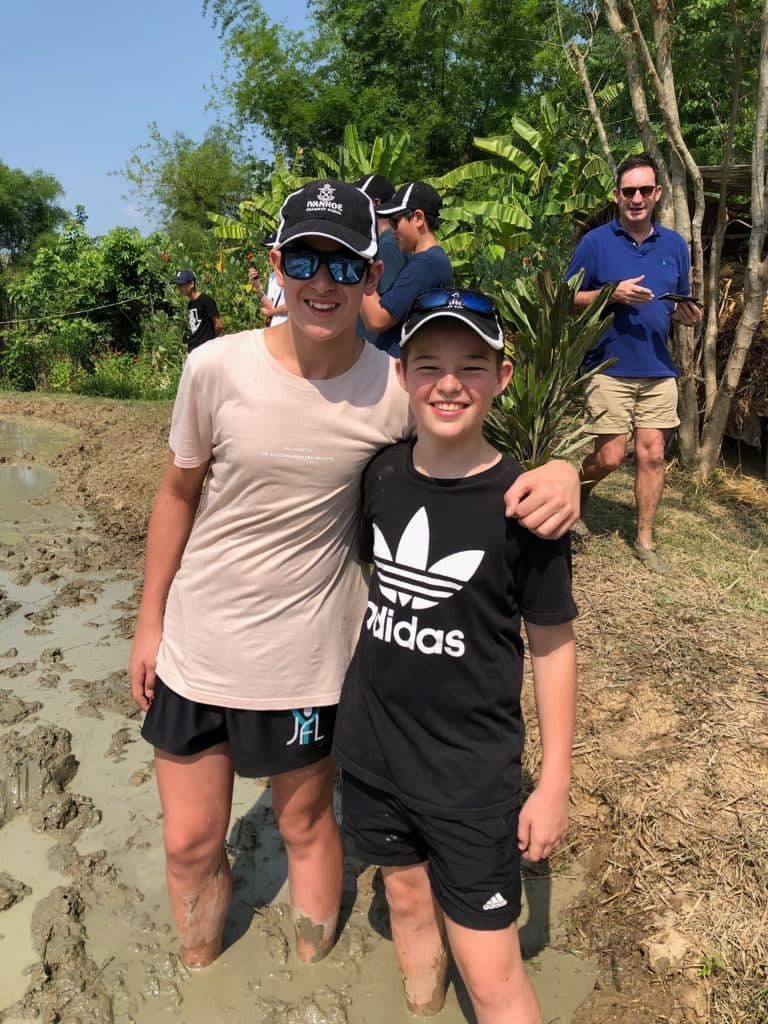
Embark on a journey through Barcelona's captivating art and architecture. Explore the visionary works of Gaudí, Picasso, and more, set against the city's stunning landscapes.
GVI
Posted: July 5, 2024